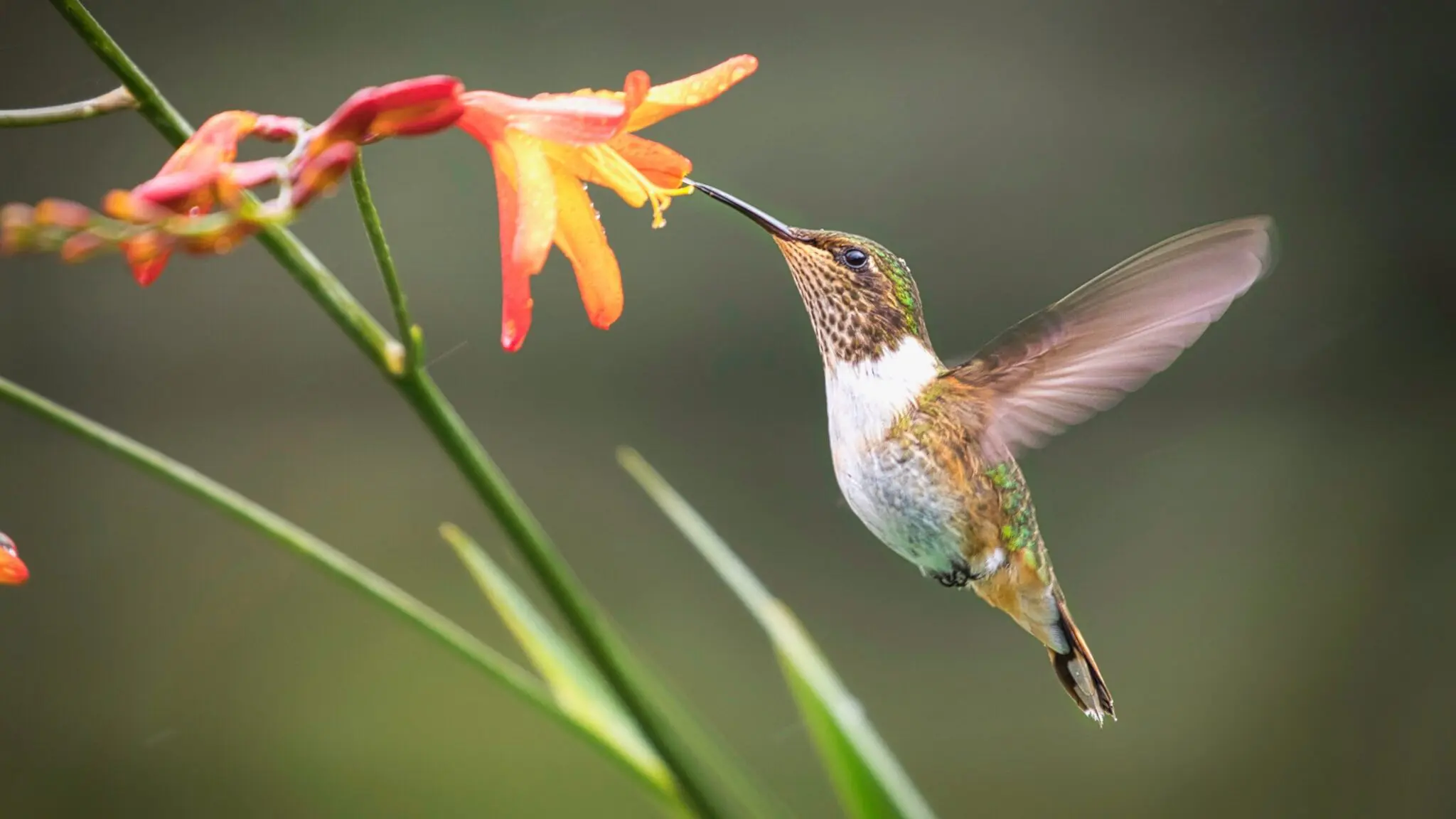Hummingbirds are fascinating creatures known for their vibrant colors, incredible agility, and unique characteristics. In this comprehensive guide, we will explore the diverse species of hummingbirds and their distinct habitats. From the tiny Bee Hummingbird to the majestic Giant Hummingbird, each species has its own remarkable features that make them a delight to observe in the wild.
The Bee Hummingbird
The Bee Hummingbird, native to Cuba, is the smallest bird in the world. With a length of just 2-2.4 inches and weighing less than a dime, this tiny marvel is a true wonder of nature. Its habitat includes tropical and subtropical forests, gardens, and coastal areas. The Bee Hummingbird is known for its iridescent plumage and remarkable agility in flight.

The Ruby-throated Hummingbird
One of the most common hummingbird species in North America, the Ruby-throated Hummingbird is known for its emerald green feathers and vibrant ruby-red throat patch on males. These hummingbirds migrate long distances, traveling from their breeding grounds in North America to wintering grounds in Central America. They prefer woodland edges, gardens, and meadows as their habitats.

The Anna’s Hummingbird
Found along the western coast of North America, the Anna’s Hummingbird is a medium-sized species known for its metallic green back and rosy pink crown and throat. These hummingbirds are year-round residents in their range, which includes coastal scrub, gardens, and urban areas. Anna’s Hummingbirds are known for their elaborate courtship displays and vocalizations.

The Giant Hummingbird
Contrary to its name, the Giant Hummingbird is one of the largest hummingbird species, measuring around 8 inches in length. Native to the Andes Mountains in South America, these hummingbirds inhabit high-altitude regions up to 16,000 feet. Their size allows them to withstand the colder temperatures found at such elevations. The Giant Hummingbird is characterized by its white underparts and greenish upperparts.
Hummingbirds play a crucial role in pollination and are essential to the ecosystems they inhabit. Their unique ability to hover in mid-air and extract nectar from flowers with their specialized beaks makes them efficient pollinators. By understanding the different species of hummingbirds and their habitats, we can appreciate the diversity and beauty of these remarkable birds.

Conclusion
In conclusion, hummingbirds are a diverse group of birds with fascinating characteristics and habitats. From the tiny Bee Hummingbird to the majestic Giant Hummingbird, each species offers a unique glimpse into the world of these aerial acrobats. By learning more about the different species of hummingbirds and their habitats, we can better appreciate and protect these enchanting creatures for generations to come.



